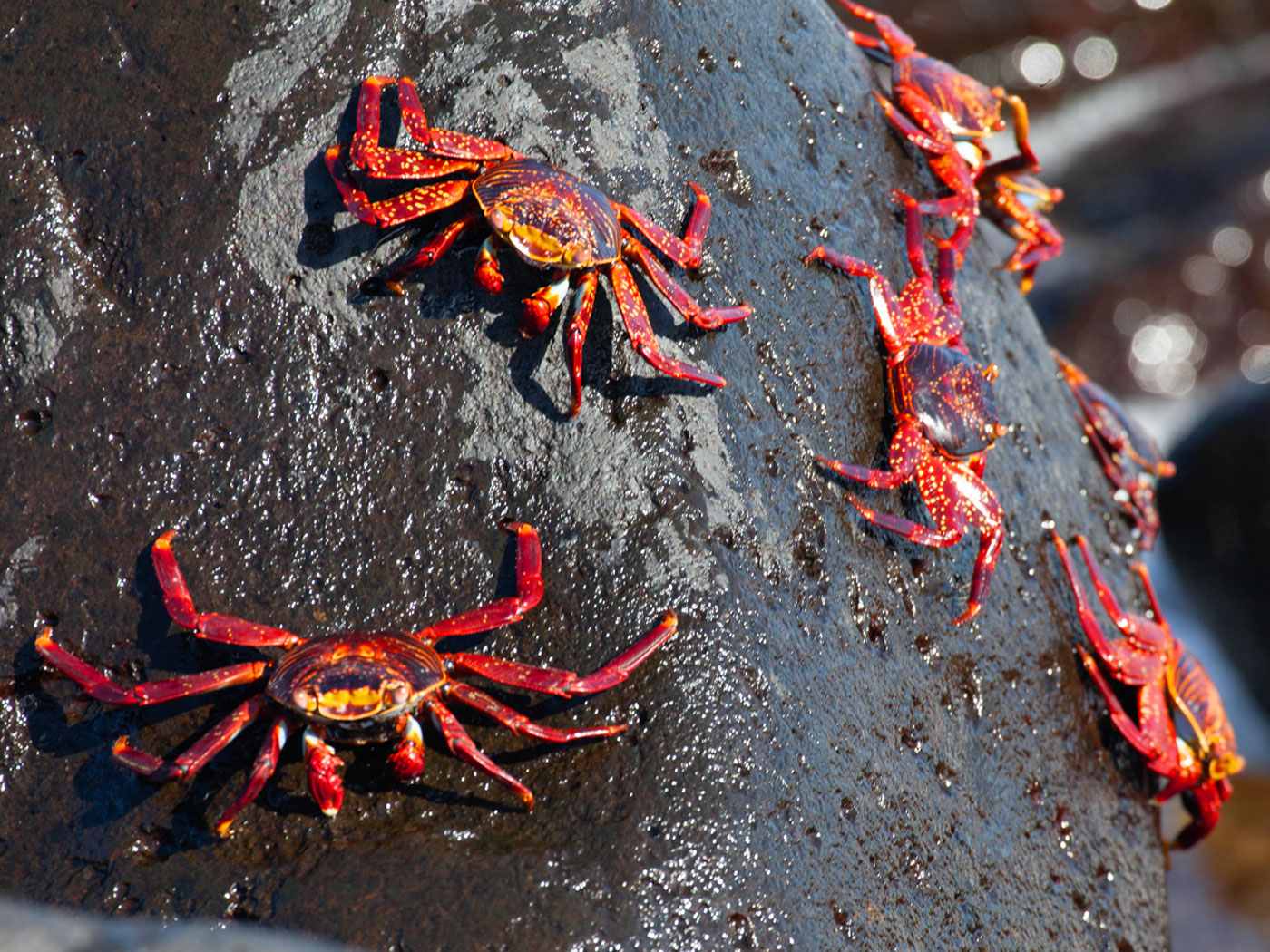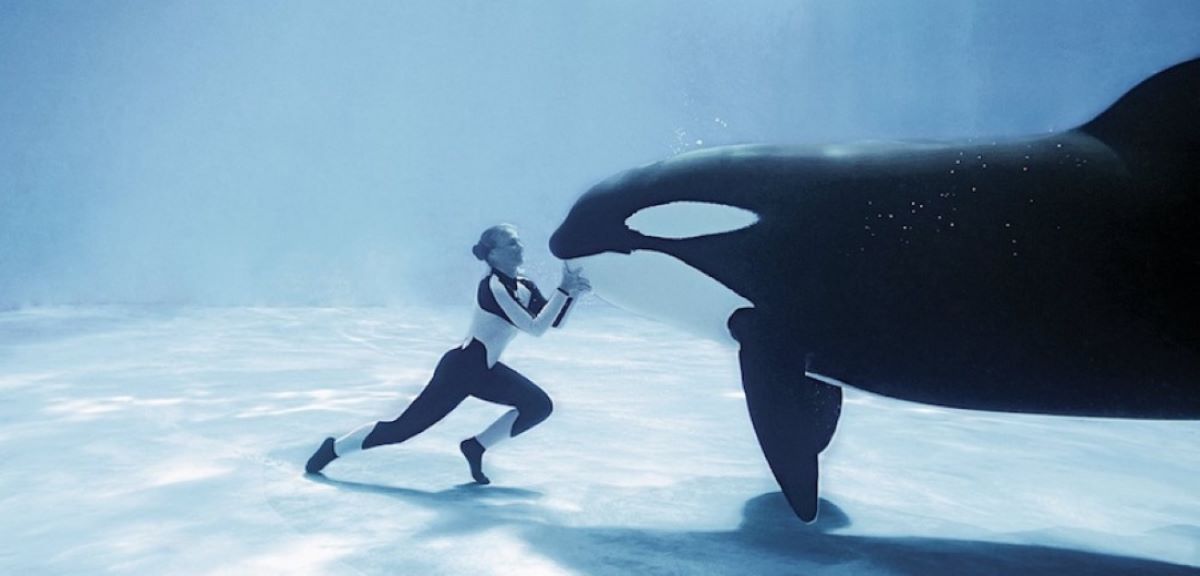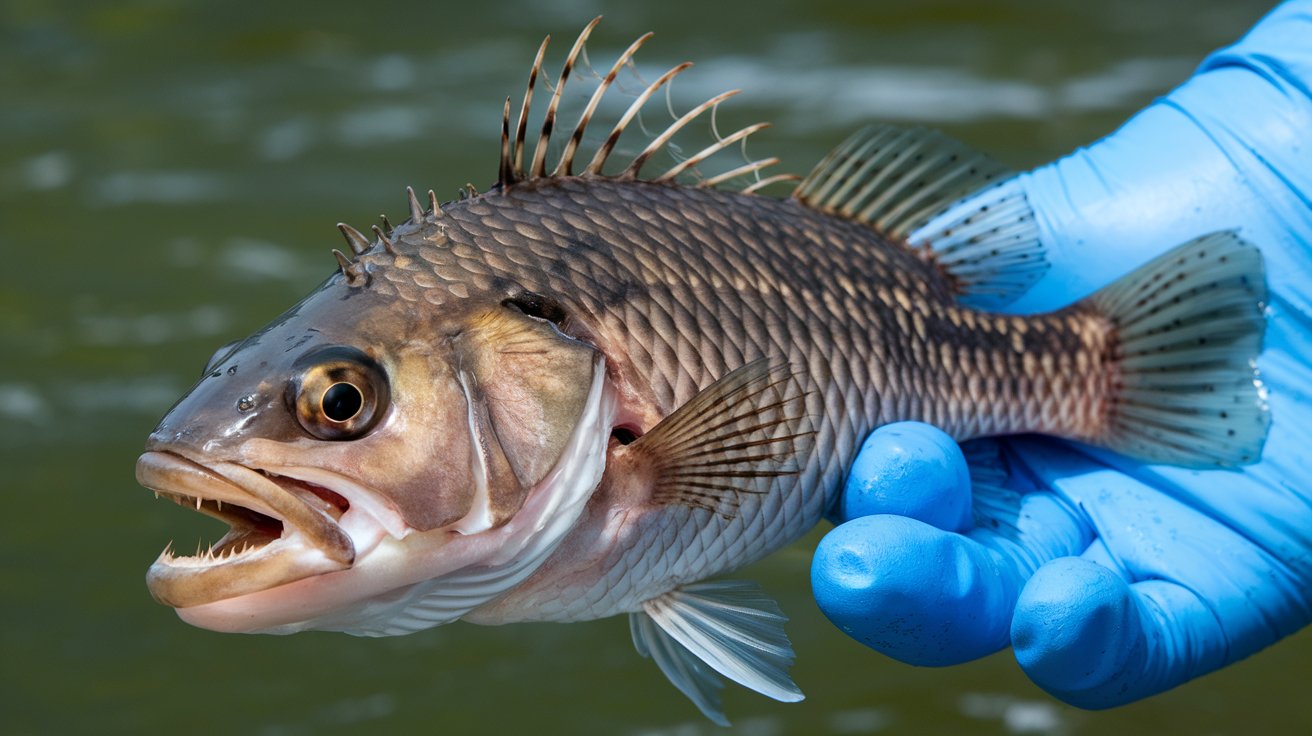
Carcinization is a term that might sound like a medical condition, but it's actually a fascinating evolutionary phenomenon. Ever wondered why so many crustaceans, like crabs, share a similar body shape? That's carcinization at work! This process involves different species evolving into a crab-like form independently. It's like nature's version of convergent evolution, where unrelated species end up looking alike because they adapt to similar environments. Carcinization has intrigued scientists for years, sparking debates and studies to understand why this shape is so advantageous. Ready to dive into 37 intriguing facts about this quirky evolutionary trend? Let's get started!
What is Carcinization?
Carcinization is a fascinating evolutionary process where non-crab-like creatures evolve into crab-like forms. This phenomenon has intrigued scientists for years due to its repeated occurrence across different species.
- Carcinization is derived from the Greek word "karkinos," meaning crab.
- The term was first coined by British zoologist Lancelot Alexander Borradaile in 1916.
- Carcinization is a form of convergent evolution, where unrelated species develop similar traits.
- This process has occurred independently at least five times in different crustacean lineages.
- Carcinization is most commonly observed in the infraorder Anomura, which includes hermit crabs and king crabs.
Examples of Carcinization
Several species have undergone carcinization, transforming from non-crab-like ancestors into crab-like forms.
- The king crab is a prime example, having evolved from a hermit crab ancestor.
- Porcelain crabs also exhibit carcinization, despite being more closely related to squat lobsters.
- The hairy stone crab evolved from a non-crab-like ancestor, showcasing another instance of this phenomenon.
- Coconut crabs, the largest terrestrial arthropods, have also undergone carcinization.
- The yeti crab, discovered in 2005, shows traits of carcinization despite its unique appearance.
Why Does Carcinization Happen?
Understanding why carcinization occurs can shed light on the evolutionary advantages of becoming crab-like.
- Carcinization provides a protective exoskeleton, offering better defense against predators.
- The flattened body shape of crabs allows them to hide in narrow crevices and under rocks.
- Crabs have specialized limbs for walking sideways, enhancing their mobility in complex environments.
- The broad, flat carapace of crabs aids in burrowing and digging.
- Carcinization may also be driven by dietary advantages, as crabs can exploit a variety of food sources.
The Role of Genetics in Carcinization
Genetics play a crucial role in the process of carcinization, influencing the development of crab-like traits.
- Hox genes, which control body plan development, are key players in carcinization.
- Mutations in these genes can lead to the reorganization of body segments, resulting in crab-like forms.
- Gene expression changes during development can also contribute to carcinization.
- Epigenetic factors, such as environmental influences, may impact the expression of genes related to carcinization.
- The study of carcinization can provide insights into the evolutionary flexibility of genetic pathways.
Carcinization Beyond Crustaceans
Interestingly, carcinization-like processes have been observed in other animal groups as well.
- Some amphipods, small shrimp-like crustaceans, have evolved crab-like forms.
- Isopods, another group of crustaceans, also show instances of carcinization.
- Certain insects, like the mole cricket, exhibit crab-like adaptations for burrowing.
- Mollusks, such as the chiton, have developed a hard, segmented shell similar to a crab's carapace.
- Even some vertebrates, like the armadillo, display traits reminiscent of carcinization.
Carcinization in Popular Culture
Carcinization has captured the imagination of many, making its way into popular culture and media.
- The concept of carcinization has been featured in science fiction literature and films.
- Video games often include crab-like creatures as enemies or characters.
- Educational programs and documentaries have explored the phenomenon of carcinization.
- The internet meme culture has embraced carcinization, with jokes and references circulating online.
- Carcinization has even inspired art and design, with crab-like motifs appearing in various forms.
The Future of Carcinization Research
Ongoing research continues to uncover new aspects of carcinization, deepening our understanding of this intriguing process.
- Advances in genomic sequencing are helping scientists identify the genetic basis of carcinization.
- Fossil records provide valuable insights into the evolutionary history of carcinization.
- Comparative studies of different species are revealing common patterns and mechanisms of carcinization.
- Experimental evolution studies, where scientists observe evolution in real-time, are shedding light on carcinization.
- Interdisciplinary approaches, combining biology, paleontology, and genetics, are driving new discoveries in carcinization research.
- Understanding carcinization can have practical applications, such as biomimicry in engineering and design.
- The study of carcinization continues to inspire curiosity and wonder, highlighting the complexity and creativity of evolution.
The Fascinating World of Carcinization
Carcinization is a wild ride through evolution. This quirky process, where different animals evolve into crab-like forms, shows nature's creativity. From hermit crabs to king crabs, many creatures have taken this evolutionary path. It’s not just about looks; these changes often help with survival, like better mobility or protection.
Understanding carcinization gives us a peek into how evolution works. It’s a reminder that nature constantly experiments, finding new ways for life to thrive. Next time you see a crab, think about the millions of years of evolution that shaped it.
So, whether you're a science buff or just curious, carcinization is a cool example of nature's ingenuity. Keep exploring, and who knows what other fascinating facts you'll uncover about our world!
Was this page helpful?
Our commitment to delivering trustworthy and engaging content is at the heart of what we do. Each fact on our site is contributed by real users like you, bringing a wealth of diverse insights and information. To ensure the highest standards of accuracy and reliability, our dedicated editors meticulously review each submission. This process guarantees that the facts we share are not only fascinating but also credible. Trust in our commitment to quality and authenticity as you explore and learn with us.


